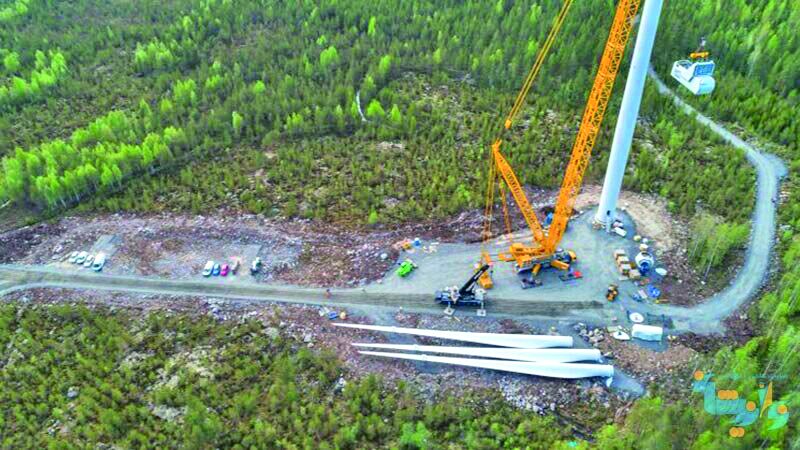National Environment Award to be held after four-year halt

TEHRAN - The 13th edition of the National Environment Award will be held in March 2023 after a four-year hiatus.
The event aims to identify environmental talents in various fields such as information, research, environmental discoveries and inventions, and social activities, IRNA reported.
The first edition of the National Environment Award was held in 2010 with the goal of increasing public participation in environmental protection.
Innovations, inventions, and outstanding plans to prevent environmental pollution or destruction, outstanding creativity, and initiatives that have effectively reduced the costs of preventing environmental pollution and destruction, providing practical and feasible plans and projects that save rare and endangered species, plants, and animals or the restoration of a valuable habitat that is being destroyed are among the topics approved for the 13th edition of the National Environment Award.
Environmental protection
To preserve the existing biodiversity over the wide geographic expanse of Iran, four types of areas have been designated for preservation and protection, including, national parks, wildlife refuges, protected areas, and natural national monuments. In 1997, the DOE held supervision over 7,563,983 hectares of such areas.
Currently, the supervised areas reached about 18.5 million hectares, including, 30 national parks, 170 protected areas, 45 wildlife refuges, and 37 national natural monuments.
Iran has a high diversity of species due to geographical conditions, climatic diversity, huge water resources of the Caspian Sea in the north and the Persian Gulf, and the Sea of Oman in the south.
According to the latest studies, about 1,300 species of vertebrates, including mammals, birds, reptiles, amphibians, and aquatic fish, about 30,000 species of invertebrates, and 8,000 species of plants have been identified in the country.
Unfortunately, over the past two decades, human activities have led to the alarming degradation of ecosystems, and the deletion of genes, species, and biological capabilities; Human threats to biodiversity have accelerated the most over the past 50 years over the entire history of human life.
Environmental challenges
Urban development, expansion of agricultural lands, large-scale tree cutting, and destruction of forests under the pretext of road and dam construction, have led to subsequent drying of wetlands and rivers, extinction of plant and animal species, sand and dust storms, and the occurrence of various sea and land environmental problems.
According to estimates, 16.4 tons of soil erodes in Iran per hectare, which is more than three times the global average. A total of 2 billion tons of soil erosion occurs in Iran annually, and the volume has been on the rise in recent years due to heavy floods.
Each ton of soil is valued at $28 in terms of metal ores, so the loss of two billion tons of soil annually means an annual loss of $56 billion, which is more than revenues from the sale of oil and agricultural products, gardens, livestock, poultry, and fisheries.
Meanwhile, according to the Standardized Precipitation Evapotranspiration Index (SPEI), 11 percent of Iranians are affected by mild drought, 21.5 percent of whom also are under pressure of moderate drought; while severe drought is exerting pressure on 32.5 percent of the people.
The country has been repeatedly exposed to sand and dust storms due to its presence in the arid and semi-arid part of the world, so in 2006-2007, the dust storms originating in Iraq and Syria affected Iran, haunting a wide area of the country so that it reached the central areas and southern slopes of Alborz and also included Tehran.
Air pollution is responsible for around 40,000 premature deaths in Iran annually, Mohammad-Sadeq Hassanvand, head of the air pollution research center at Tehran University of Medical Sciences, has said.
Between 4,000 and 5,000 people residing in the capital city of Tehran lose their lives per year due to air pollution, according to statistics published by the ministry of health in 2019.
Abdolreza Daneshvar Amoli, an official with the Iranian Biological Resource Center affiliated with the Academic Center for Education, Culture, and Research (ACECR) said in 2019 that 150 species of animals in Iran are on the verge of extinction.
MG
